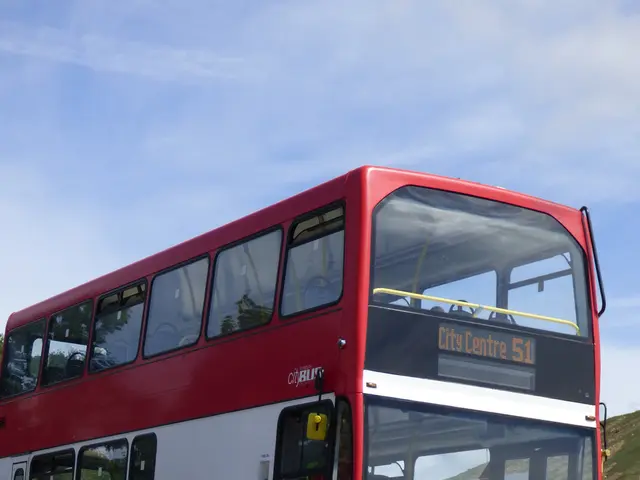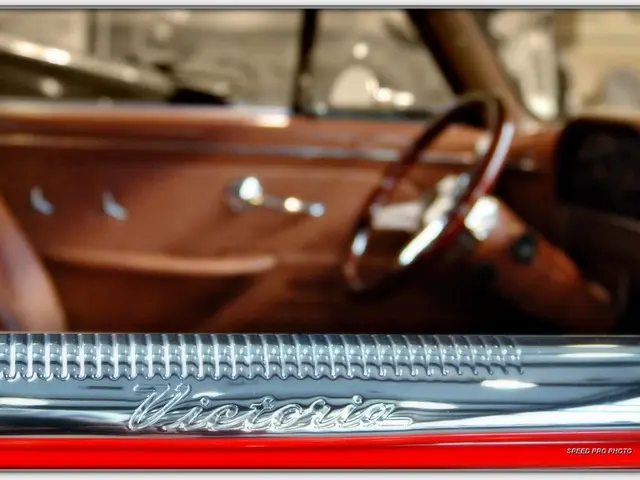Essential Information for Colorado Motorists Regarding Front License Plates
In the state of Colorado, like many others, vehicles are required to display both front and rear license plates. This regulation is in place to ensure vehicle identification for law enforcement purposes and other important reasons.
However, there are some exceptions to this rule. Motorcycles, trailers, historic or collector vehicles, and some specialty or custom vehicles with unique front-end designs may be exempt from the front license plate requirement. It is essential to note that these exemptions are relatively narrow, and most everyday vehicles are expected to comply with the two-plate rule.
Colorado charges fees for license plates, including a $25 issuance or replacement fee, along with additional annual taxes and fees. Personalized license plates come with a one-time fee of $60, followed by an annual renewal fee of $25. The state also offers special license plates for specific types of vehicles, such as electric vehicles, which may have different requirements or displays but still require both front and rear plates.
Colorado Revised Statutes § 42-3-202 outlines the requirements for license plate display. The front license plate must be securely mounted at least 12 inches from the ground and visible from the front of the vehicle. Enforcement of the front license plate rule varies wildly from one city or county to another in Colorado.
Not following the license plate rules is considered a class B traffic infraction, with fines ranging from $25 to $100 plus court costs. A police officer can pull a driver over solely for not having a front plate and write a ticket. Some Colorado drivers intentionally skip mounting their front license plate due to aesthetic reasons, such as preserving the vehicle's clean lines.
However, failing to comply with the front license plate rule can lead to complications in certain situations. For instance, traffic cameras that only capture the front of a vehicle might let a driver slide on a ticket, but this can complicate investigations if the car gets involved in an accident or crime. Additionally, vehicle inspections or emissions tests might flag a car for non-compliance, which could delay registration renewal.
Moreover, insurance claims can become more complicated if a vehicle can't be properly identified in a claim or hit-and-run case due to a missing front plate. It is always best to consult the Colorado Department of Revenue or review the relevant statutes for any updates or specialized cases to ensure compliance and avoid potential issues.
Fortunately, there are solutions to install a front license plate without affecting the vehicle's aesthetics. Brackets designed to fit seamlessly into the front bumper or no-drill mounting kits are available to help drivers maintain their vehicle's appearance while still adhering to the law.
In conclusion, while Colorado requires most passenger vehicles, trucks, and SUVs to display two license plates, one on the rear and one on the front, there are some exceptions for certain types of vehicles. It is crucial to understand the rules and seek guidance when necessary to ensure compliance and avoid potential penalties or complications.
In the context of Colorado's licensing regulations, events such as vehicle inspections or emissions tests may flag specialty or custom vehicles with unique front-end designs if they are not adhering to the front license plate requirement. Despite some drivers intentionally skipping this requirement for aesthetic reasons, non-compliance can lead to difficulties during insurance claims or hit-and-run cases.




